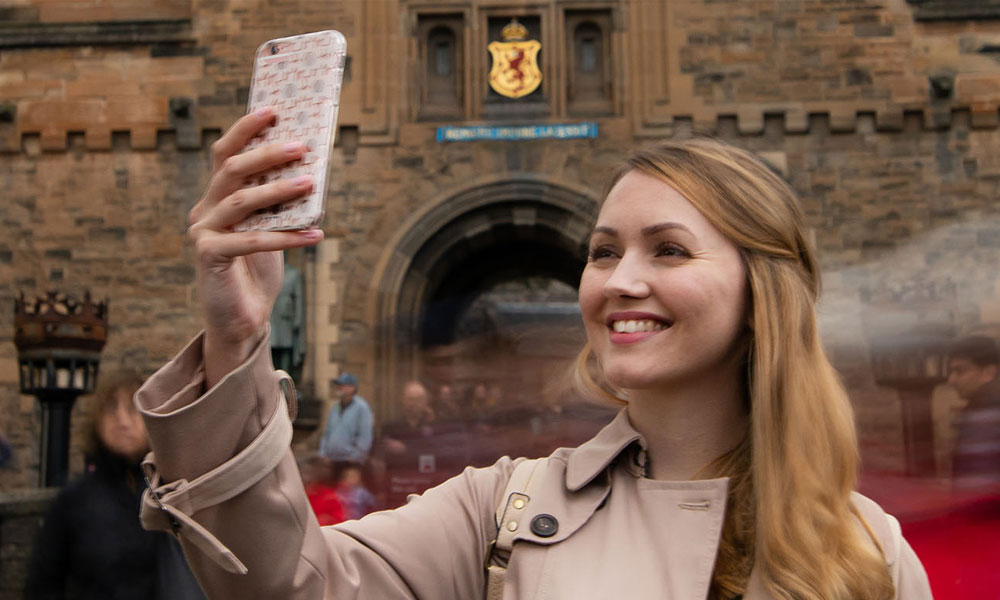A Sparkling Discovery

1 February 2018
Did you know 4 February marks 200 years since the re-discovery of the Crown Jewels (also known as the Honours of Scotland) here at the castle? After going missing for years, they were eventually uncovered by a team of searchers led by Sir Walter Scott. Yes, that’s the famous novelist who wrote Ivanhoe and indeed Rob Roy!
We can’t bear to imagine the splendour of the jewels locked away in a dark chest without even a glimmer of light. If you visit us today, you’ll know we sit them proudly in a special exhibition.
Being the oldest Crown Jewels in Britain, they have witnessed key historical moments – including the coronation of Mary Queen of Scots in September 1543. You might say they’re our ‘crowning’ glory.
The Case of the Hidden Jewels
But why were they hidden in the first place, we hear you ask? To stop them being melted down and sold from the clutches of Oliver Cromwell!
For their own protection, the jewels were hidden between 1651 and 1660. First they were buried at Dunnottar Castle near Stonehaven, then under the floor of nearby Kinneff Church. There was one exception, mind you. The sword belt was kept behind by George Ogilvie at Dunottar. It was later found by chance in 1790, where it had been built into a garden wall at Ogilvie’s house. It was finally returned to Edinburgh in 1892. But that’s another story!
After the 1707 Treaty of Union between Scotland and England, the Crown Jewels (minus the sword belt) were locked away in the Crown Room. There they lay forgotten for 111 years.
Scott’s Sparkling Discovery
Until their discovery, many feared that the Honours were missing. Rumours circulated that they had been removed to England. One account even tells us how the Castle’s Lieutenant Governor, Major Drummond, accessed the Crown Room in 1794 – but when he knocked on the chest and shook it he heard no sound.
It was only in 1818 when Sir Walter Scott was given a Royal Warrant to enter the Crown Room that they were finally rediscovered. They forced open the great oak chest, fearing it might be empty. You can imagine how tense the atmosphere would have been when it was finally opened!
Scott was celebrated for his discovery and thankfully to this date thousands of visitors can marvel at the beauty of the Crown Jewels on the first floor of the Royal Palace.
Don’t miss the exhibition next time you visit us at the castle!


